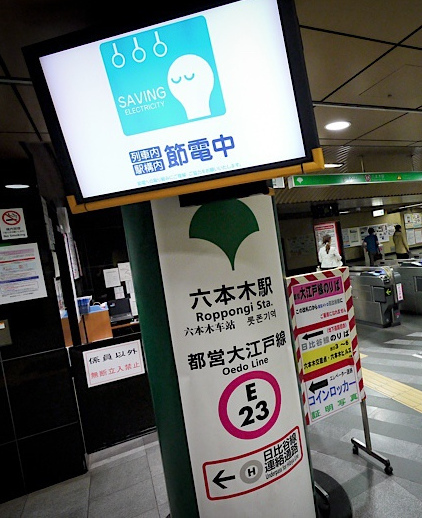Most government energy policies focus on supply, but as energy systems shift to renewables, adjusting demand for electricity will become just as important. Fortunately, this is an area that Japan has experience in, and it’s expected to develop significantly in 2024.
On March 22, 2022, consumers in eastern Japan, including the Tokyo area, were asked by the government to drastically reduce power usage. This came a week after a 7.4-magnitude quake off the Fukushima coast that triggered a shutdown of numerous thermal plants. After an immediate loss of power to 2.2 million homes in central and northern Japan, the situation soon recovered.
Then suddenly came a bout of unseasonably cold weather that threatened to overwhelm the energy grid. This situation was resolved thanks to a now familiar practice of setsuden, or appeals for energy conservation from the government and power utilities. The approach has been used numerous times in the past – most famously after the March 11, 2011 earthquake and tsunami that also sparked the Fukushima nuclear accident. Despite a scorching summer in 2011, demand for electricity in the Tokyo area registered volumes of close to a quarter below a year earlier.
Starting this year, the government has decided to make shifting the time of power usage a more regular feature of the power market in Japan, and not just as a tool for navigating short-term supply pinches. In April, big power users will be required to start reporting their demand-response (DR) activities.

